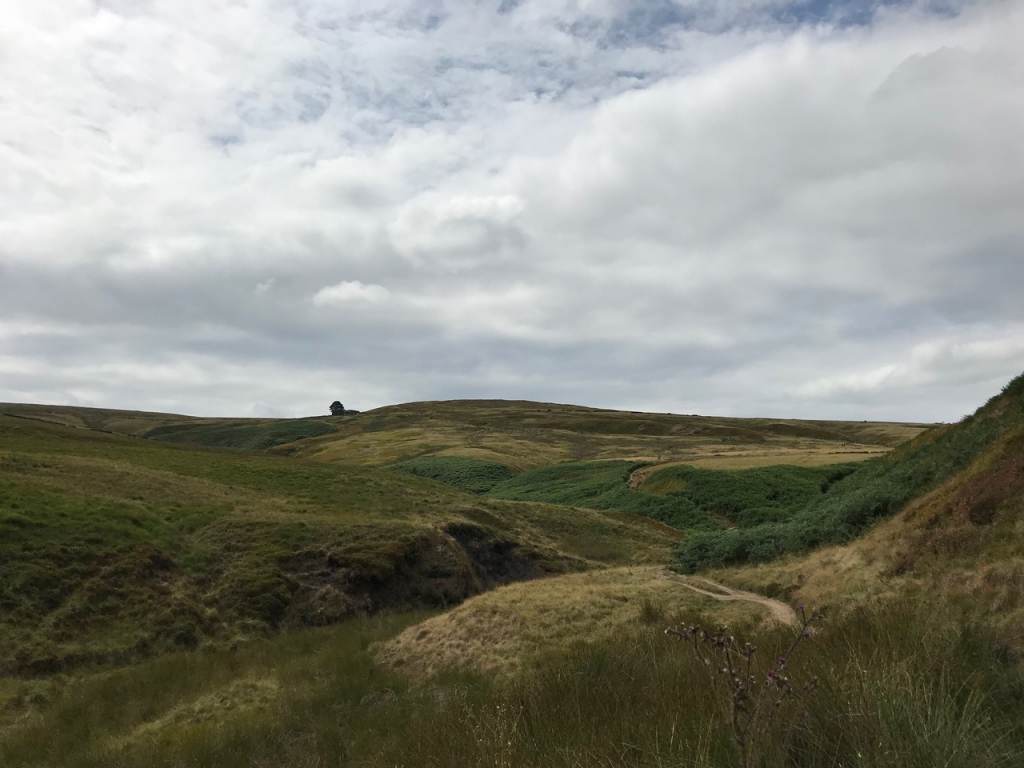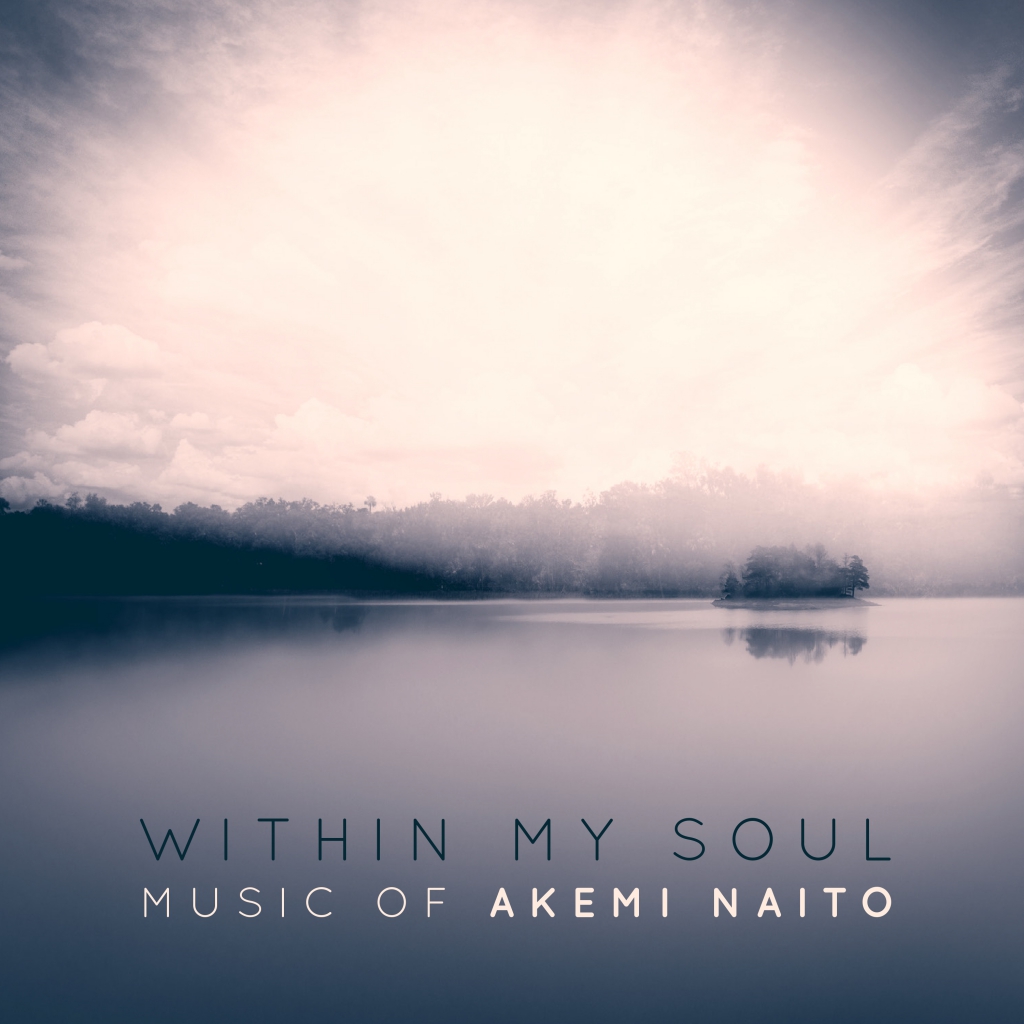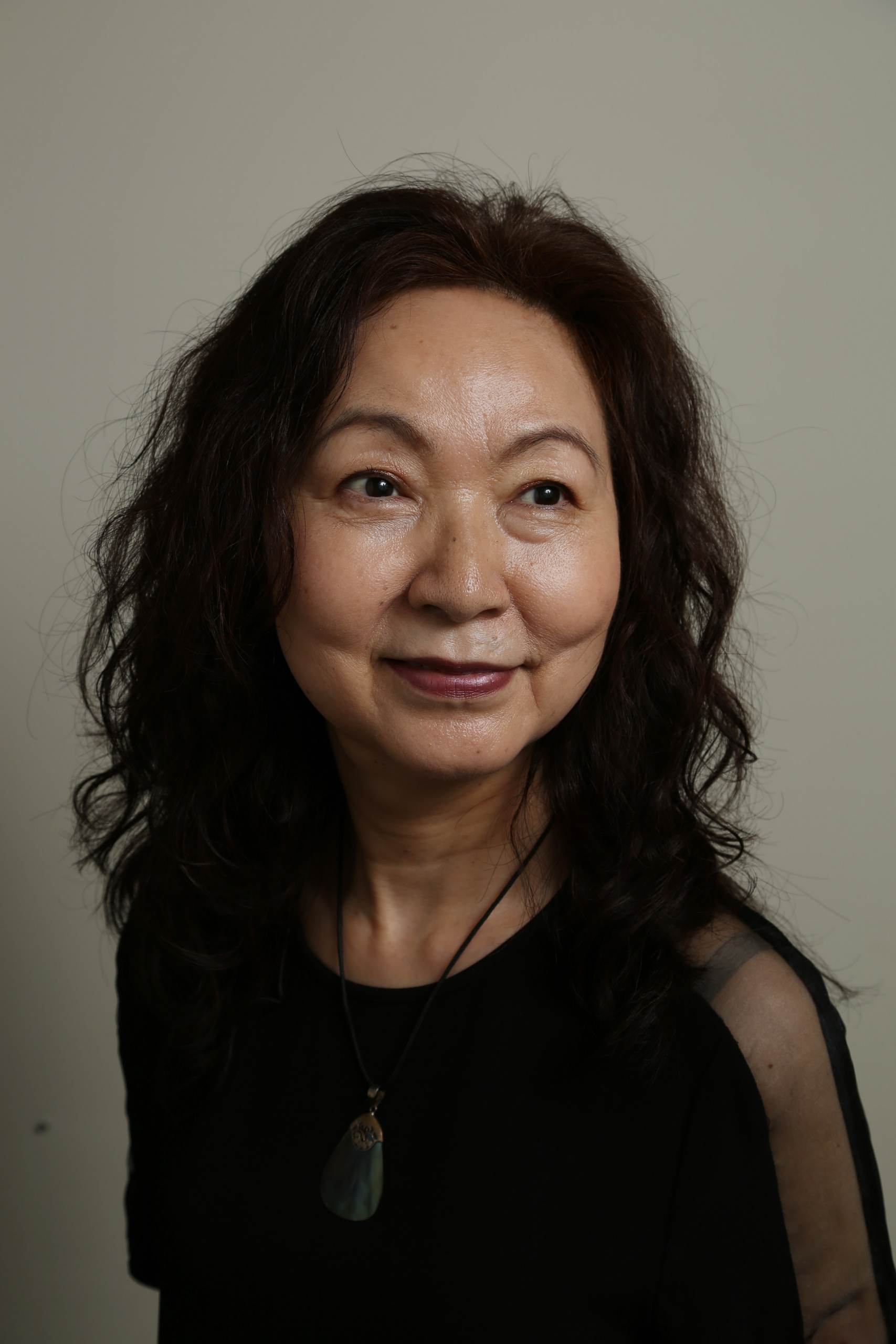Akemi Naito is a NYC-based composer. Born in Tokyo, she studied composition at the University Division of the Toho Gakuen School of Music and was a member of the school’s faculty from 1980 to 1991. Following her earlier activity as a composer in Tokyo, she received a grant from the Asian Cultural Council that enabled her to move to New York City in 1991, where she has established her reputation as a composer of note.
Her recent work, Emily Brontë – Through Life and Death, A Chainless Soul, a poetic mono-opera based on selected poems by Emily Brontë, was premiered at the Tenri Gallery of Tenri Cultural Institute in New York City in January 2018. Opera Wire acclaimed the production, describing it as “A Fitting Celebration of Brontë’s Genius” and “a wonderful example of the beauty that can be found when words mingle with music, each giving the other new life and meaning.”
Today, Akemi is our featured artist in “The Inside Story,” a blog series exploring the inner workings and personalities of our artists. Read on to discover where in the world Akemi would like to spend creative time…
When did you realize that you wanted to be an artist?
When I first heard the recording of Toru Takemitsu’s “The Dorian Horizon” for 17 strings conducted by Hiroshi Wakasugi, it stimulated my imagination deeply and inspired in me the previously unknown possibility of the creation of music. That was when I knew that I would like to be a composer. I was in my late teens.
“The Dorian Horizon” was initially composed for Hiroshi Teshigahara’s film “The Woman in the Dunes” based on the novel by Kobo Abe. Many years later, I had the opportunity to make my own The Woman in the Dunes, a multi-instrumental piece for a solo percussionist. On this album, it is performed by the superb percussionist Greg Beyer.
If you could spend creative time anywhere in the world, where would it be and why?
I visited Haworth in Yorkshire in the UK in the summer 2018 for the first time. It was a place I had wanted to visit for a long time, especially after finishing my mono-opera using Emily Brontë’s poems. I was captivated by the landscape of the moors. It is the place I would like to go if I could spend creative time. I took pictures of the moors and created a slideshow using my mono-opera as background music. It is included on the WITHIN MY SOUL DVD as my special tribute for the Emily Brontë bicentennial.

If you could instantly have expertise performing one instrument, what instrument would that be?
I have always been interested in historical traditional instruments, such as Indian Tabla, Japanese Satsuma Biwa, or Japanese Sho. The sound of these instruments evokes the imagination of the distant past, and one of these would be my choice.
What was your favorite musical moment on the album?
Several elements stick out as my favorites. In the Brontë mono-opera, the camera beautifully captured the scene in which Jessica Bowers sang the phrase that I took as the title of the work. In The Woman in the Dunes, it is the versatility of Greg Beyer, especially on the Brazilian instrument Caxixi. In Saigyo Waka, I love the beautiful decay of the choir at the end of each phrase accompanied by the deeply resonating marimba by William Moersch.
What does this album mean to you personally?
This album conveys my thoughts about art. I chose the texts from literature that inspired me deeply, and which has endured over the years. My challenge was to merge the music with the text. I have always been interested in the aesthetics and creative principles of other artists, and each work on this album is a reflection of my understanding of these writers.
Is there a specific feeling that you would like communicated to audiences in this work?
I would be happy if these works gave listeners the opportunity to think about these writers and the core of their creativity. It is always a pleasure if the work evokes another’s empathy.

WITHIN MY SOUL will be available for streaming or purchase through Ravello Records on October 25. Click here to pre-order.



